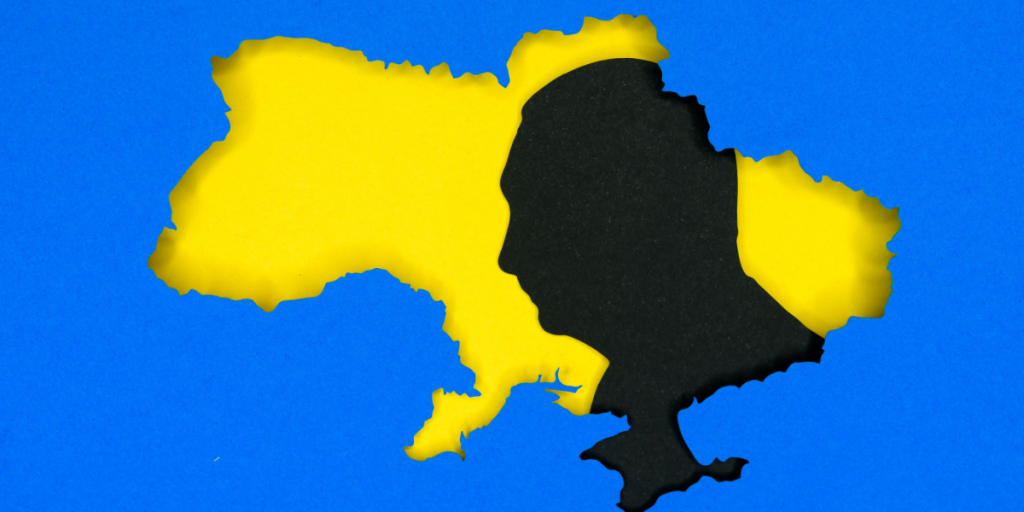In fact, the ISW assesses that it would take years for the Russian campaign to actually seize the Oblast.
Others are reading now
A series of recent claims from Moscow portrays the battlefield as tilting decisively toward Russia, with state messaging suggesting that a full victory is only a matter of time.
Analysts at the Institute for the Study of War (ISW), however, argue that the situation remains far more complex.
Kremlin narrative builds
In the ISW Nov. 23 analysis of the war in Ukraine reports that Russian forces have increased their rate of advance since the Alaska summit, covering roughly 9.3 square kilometers per day between August 15 and November 20.
Even with this acceleration, the think tank notes that the gains amount to slow, infantry-level progress rather than sweeping breakthroughs.
According to ISW, this pace would not enable Russia to capture the remaining areas of Donetsk Oblast until around August 2027.
Also read
That projection assumes Ukrainian defenses hold, Western weapons continue to arrive, and Russian units sustain their current tempo.
ISW assesses that Russian President Vladimir Putin is trying to pressure Kyiv to concede territory instead of forcing Russia into years of additional fighting.
Seasonal conditions shift
The institute adds that Russia’s recent momentum has been aided by foggy, rainy conditions that disrupted Ukrainian drones and allowed Moscow to intensify operations in eastern Ukraine.
These factors are temporary, and ISW expects the advance to slow once conditions normalize.
Crucially, Russian units have not yet confronted the heavily built-up and fortified cities of Slovyansk and Kramatorsk, which sit at the core of the Donetsk Fortress Belt.
Also read
ISW stresses that the 9.3-square-kilometer figure reflects gains across the entire frontline, not solely in Donetsk.
Long road ahead
The report also notes that Russia is unlikely to divert all manpower and matériel to a single axis, as maintaining pressure along several fronts remains a key part of Moscow’s strategy.
At the same time, continued European support and U.S. weapons financed through Europe could bolster Ukraine’s defensive posture and extend the timeline further.


